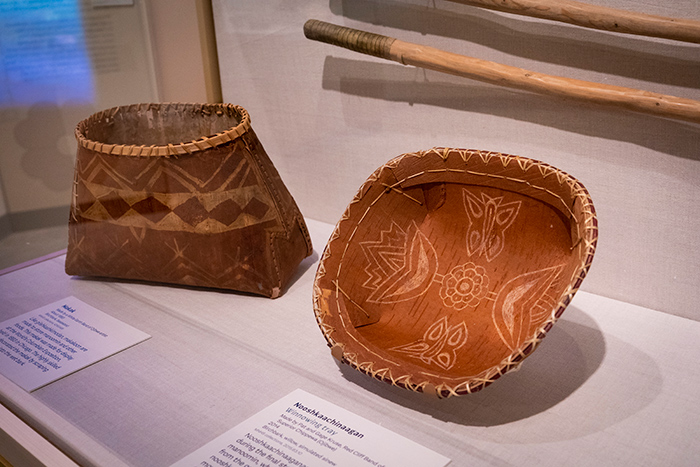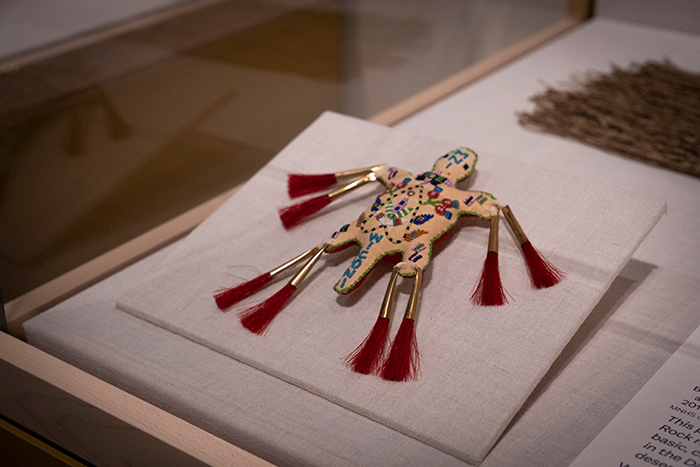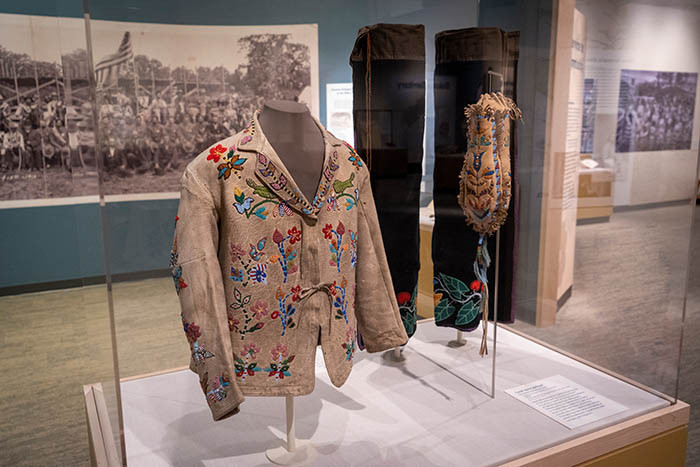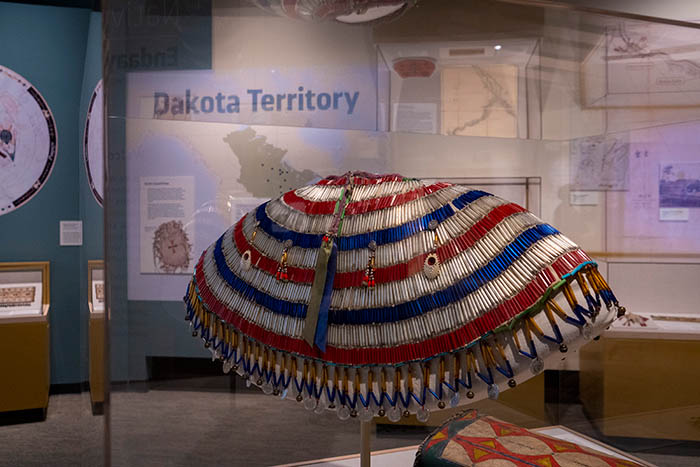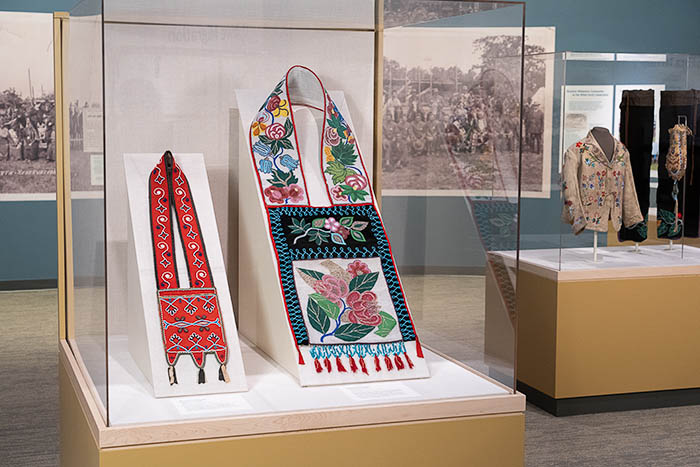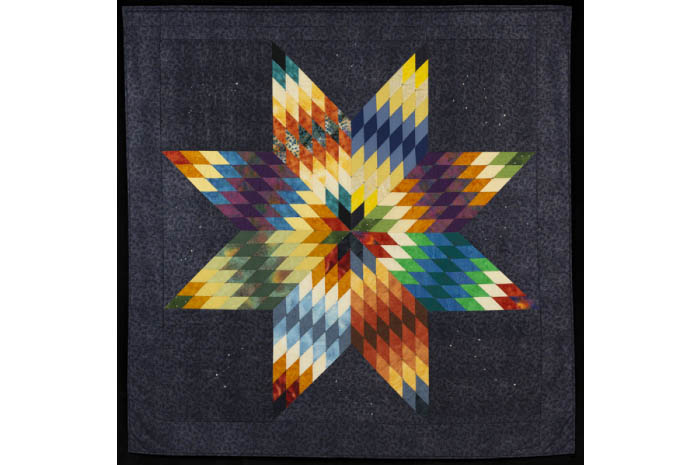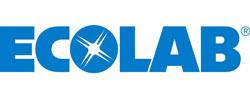
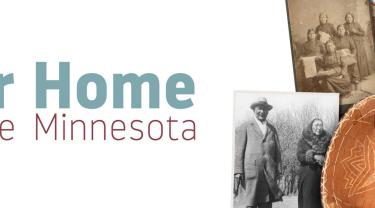
Our Home: Native Minnesota
Ticket price includes admission to all Minnesota History Center exhibits. MNHS Members get in free.
An enduring presence and deep connection to the land.
Learn about Native communities in Minnesota, including stories of survival, resiliency, and adaptation.
Native Americans — Dakota, Ojibwe, as well as people from other tribal nations — have dwelled in this area for thousands of years and still live here today. This exhibit shares their stories, enduring presence, and deep connection to the land.
Dakota and Ojibwe homeland
Additional resources
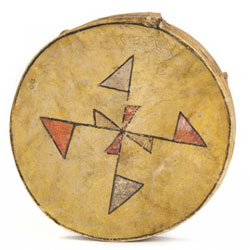
The Seven Council Fires (Oceti Ŝakowiŋ) is an overview of Dakota, Lakota, and Nakota cultural objects that can be found in the Minnesota Historical Society’s artifact collection.
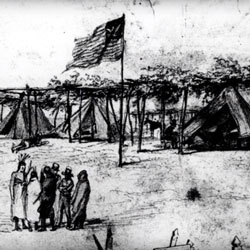
The U.S.-Dakota War of 1862 had a profound impact in shaping Minnesota as we know it today. Learn about its causes and its far-reaching consequences.
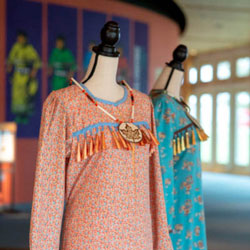
The global influenza epidemic that killed millions of people worldwide in 1918-19 was the tragic inspiration behind a revolutionary new tradition of healing that emerged in Ojibwe communities.
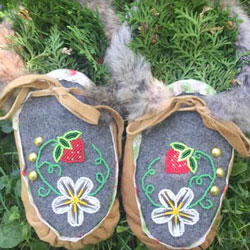
The Native American Artist-in-Residence program was created for the purpose of exposing Native American artists working within traditional art forms to Minnesota Historical Society collections.
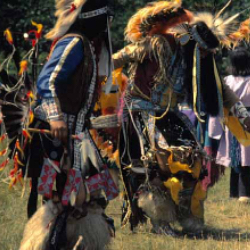
A Dakota person’s family history can reach as far back as stories can tell. Elders and other storytellers are often the best guide. This online guide may help with the more recent part of that history.
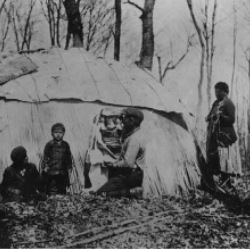
Ojibwe or Anishinaabe people arrived in Minnesota from the east hundreds of years ago by way of the Great Lakes. This guide may help in researching your family history.
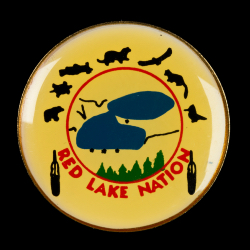
Ojibwe material culture is an overview of cultural objects — totaling over 2,000 items — that can be found in the Minnesota Historical Society’s collection.
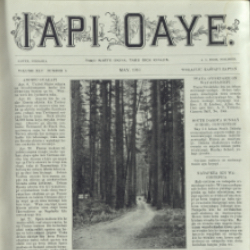
Iapi Oaye, a Dakota-language missionary newspaper, was published monthly, first in Greenwood, Dakota Territory and later in Santee, Nebraska, between May 1871 and March 1939, when it ceased publication.
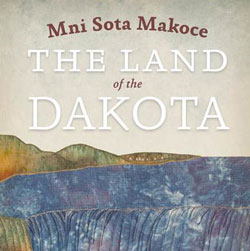
Shop for books about Native American survival, resiliency, and adaptation.
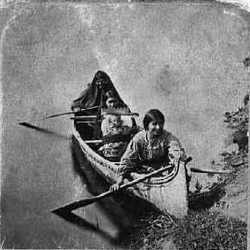
Search our online encyclopedia about Minnesota to learn more about Ojibwe and Dakota history and culture.


